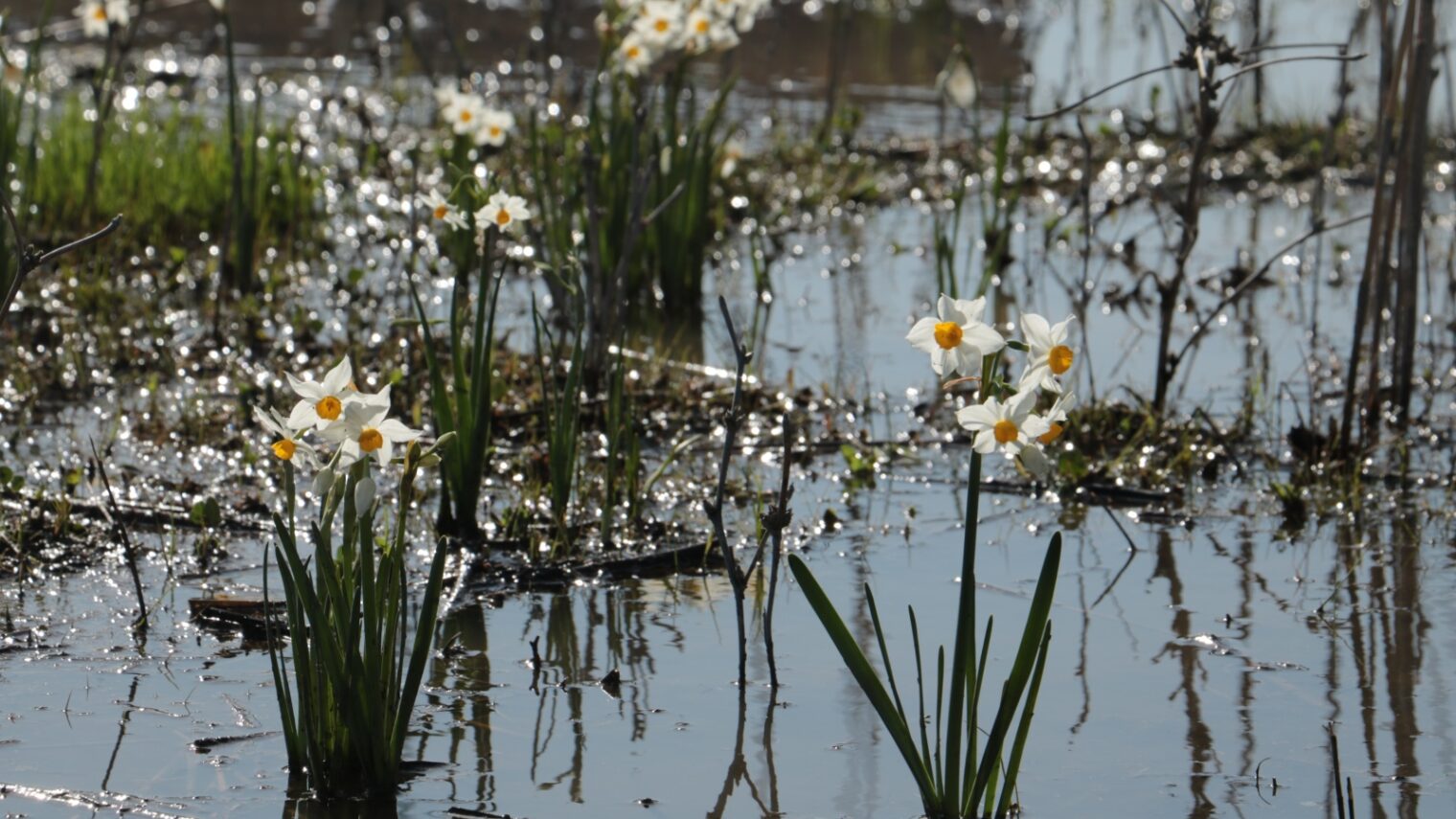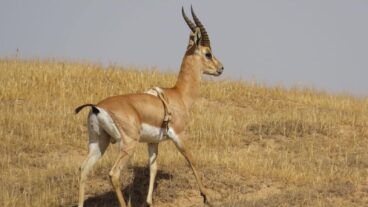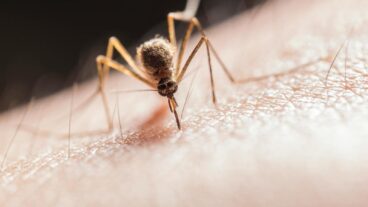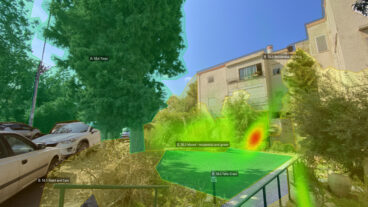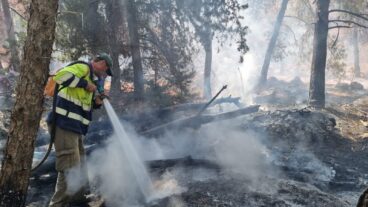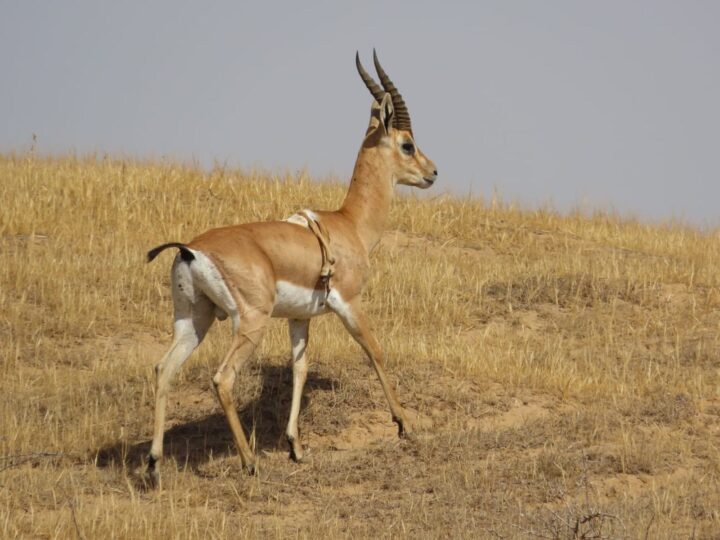For Israeli nature lovers, the thousands of narcissus flowers blooming in and around the Kishon River made for a nice surprise this winter.
These early-blooming, cheerful flowers are regularly photographed in the Valley of Narcissus Flowers in north Tel Aviv but they haven’t bloomed en masse along the Kishon River in 20 years.
The flowers carpet a swath of land stretching from the south bank of the river to Highway 22 on the coastal plain of the Mediterranean Sea, between Julis and Histadrut bridges.
According to the Kishon River Authority, this area was once famous for its majestic flower displays. Until 1995, more than 250,000 wild narcissus flowers bloomed here simultaneously.
A mixture of industrial pollution and over-picking – today, it is against the law to pick wildflowers — turned the banks of the Kishon into wasteland. Moreover, the Ports Authority sanctioned some of the land for container storage.
The return of the blooming narcissus flowers is another sign of the successful efforts by the Environmental Protection Ministry and Kishon River Authority to revive this 43.5-mile river and its banks.
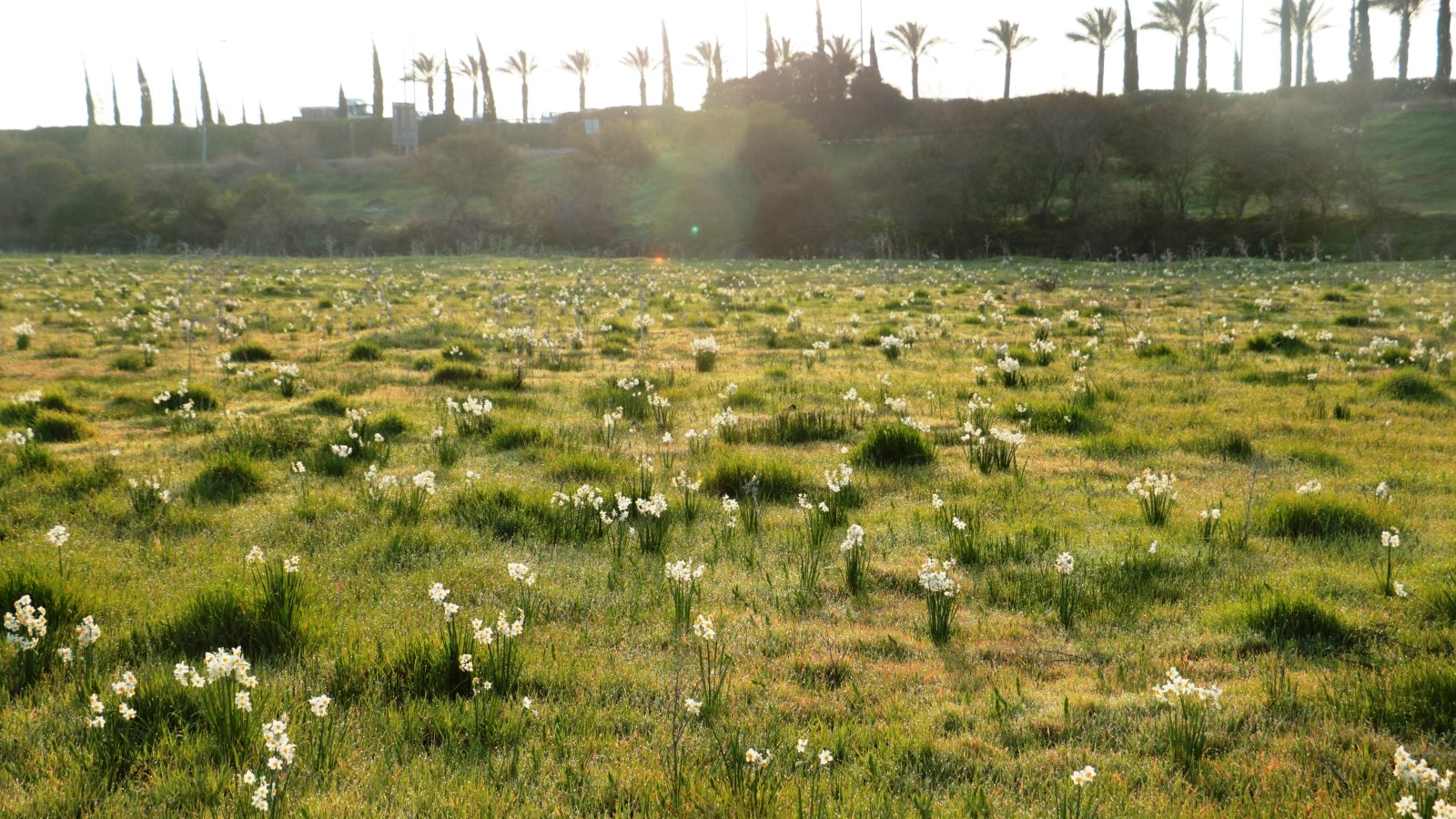
“We view the few remaining open fields along the slopes of the Kishon River with great importance. The Kishon River Authority is working hard to preserve these areas in order to maintain the unique nature this place offers,” Kishon River Authority CEO Sharon Nissim said.
In related news, large cormorants on winter migration have chosen the Kishon River banks as their resting place. For the fourth year in a row, a record-breaking number of these birds are back to nest on the rehabilitated banks of what was once Israel’s most polluted streambed.
Nissim said the Kishon River Authority counted nearly 2,000 birds this month.
The Kishon River has become a destination for ecologists from around the globe to see how the authority monitors the river and conserves wildlife habitats in and around the Kishon.




